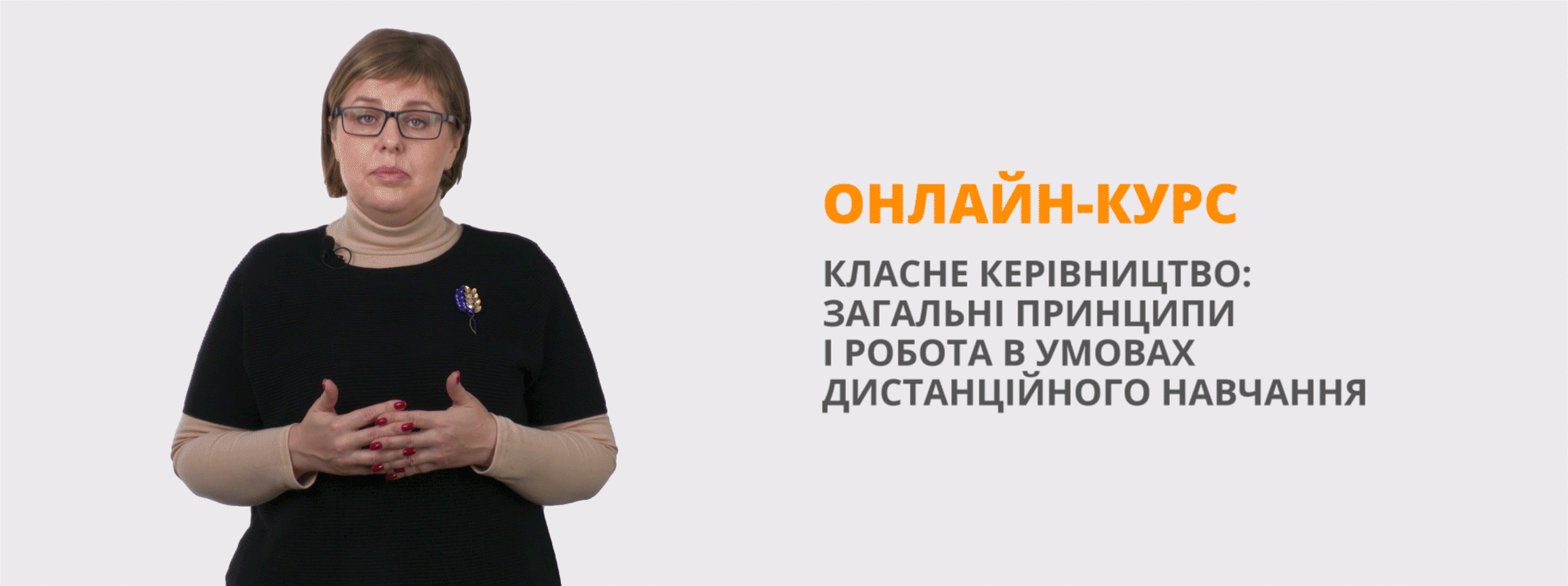"What a Tale to Tell!" project
"What a Tale to Tell!" project
Creating a ""What a Tale to Tell!" " project for 10-14-year-old students that combines traditional Ukrainian folk tales with modern settings and their local context is a fantastic idea for both language development and cultural preservation.
Here are some ideas to get you started:
1. Selecting the Folk Tale:
- Begin by introducing students to a selection of classic Ukrainian folk tales. Provide summaries and discuss the key elements of each story.
- Let students vote on which tale they would like to work on for the project.
https://en.derevo-kazok.org/ukrainian-folk-tales/
https://shron3.chtyvo.org.ua/Ukrainskyi_narod/The_Magic_Egg_and_Other_Tales_from_Ukraine_anhl.pdf
2. Modern Setting Brainstorming:
- Encourage students to brainstorm modern settings and contexts that could replace the original settings of the folk tales. For example, a forest could become a city park, and a castle could become a historic building.
3. Local Integration:
- Ask students to identify elements from their town or region that can be incorporated into the updated folk tale. This could include landmarks, cultural practices, or historical events.
4. Character Development:
- Have students update the characters to reflect modern society. How would the main characters' roles and personalities change in a modern setting?
5. Conflict and Resolution:
- Discuss how the conflicts in the original folk tale could be adapted to fit a modern context. What new challenges might the characters face?
6. Language and Writing Skills:
- Emphasize the importance of clear, descriptive writing. Encourage students to use rich vocabulary to paint a picture of the modern setting and characters.
7. Illustrations and Multimedia:
- Allow students to incorporate visual elements into their wiki entries, such as drawings, photos, or multimedia presentations.
8. Cultural Context:
- Teach students about the cultural significance of the original folk tale and how it relates to Ukrainian heritage.
9. Collaborative Wiki:
- Create a shared online platform where students can collaborate and post their updated folk tales. This could be a dedicated website or a wiki platform like Wikipedia.
10. Peer Review and Feedback:
- Encourage students to read and provide feedback on each other's work. This promotes teamwork, critical thinking, and language improvement.
11. Presentations and Discussions:
- Have students present their updated folk tales to the class, discussing their creative choices and the cultural significance of the original tale.
12. Publication and Sharing:
- Consider publishing the best entries on a public platform to showcase students' work and promote Ukrainian folklore to a wider audience.
13. Celebration Event:
- Organize a "Folk Tale Fair" where students can present their updated tales, complete with displays, readings, and cultural performances.
By combining traditional Ukrainian folklore with modern creativity and local context, this project can engage students in meaningful language learning and cultural exploration while fostering a sense of pride in their heritage. It not only helps students develop their creative writing skills but also fosters an appreciation for different cultures and traditions, promoting a sense of global awareness and empathy among the students.


про публікацію авторської розробки
Додати розробку
